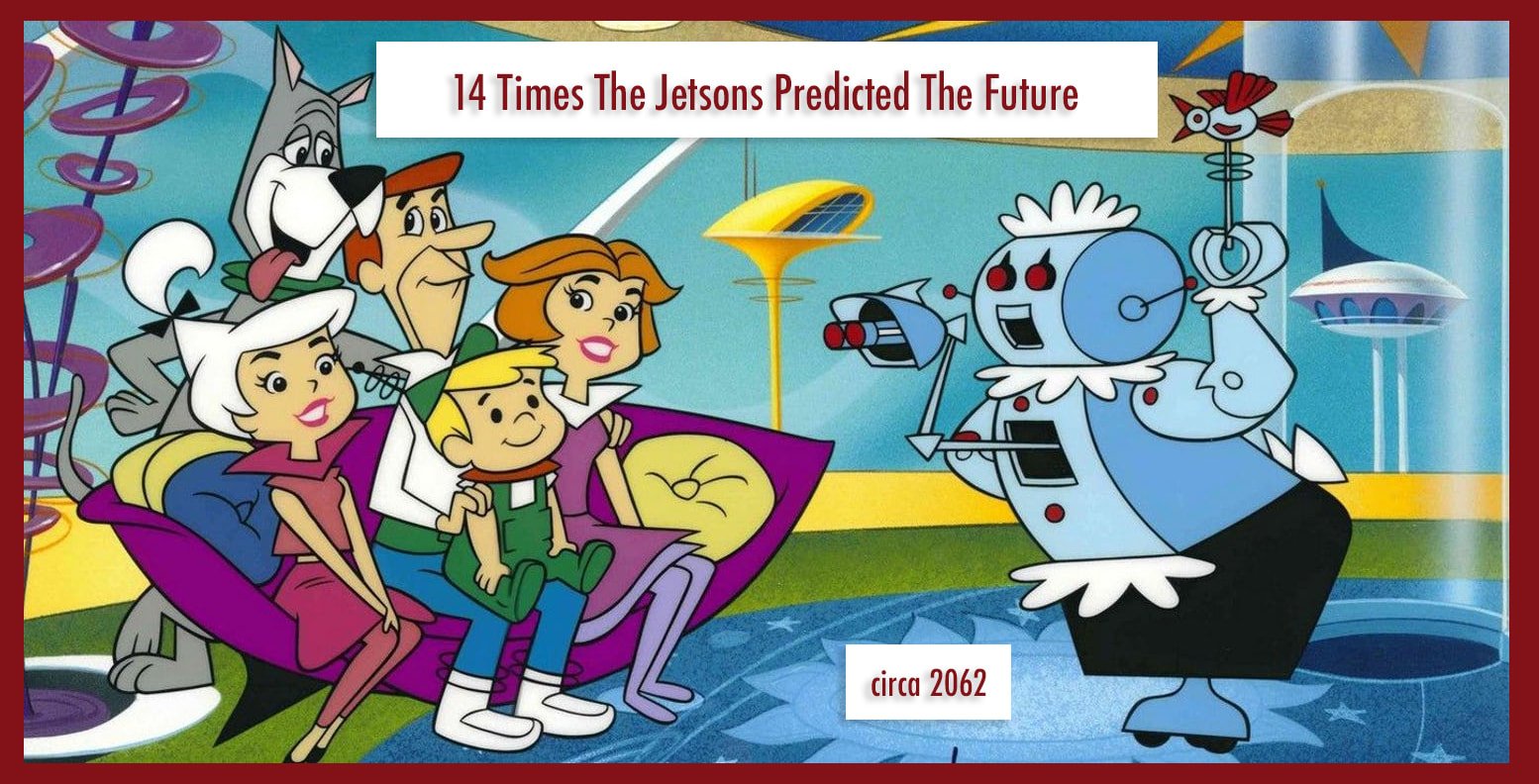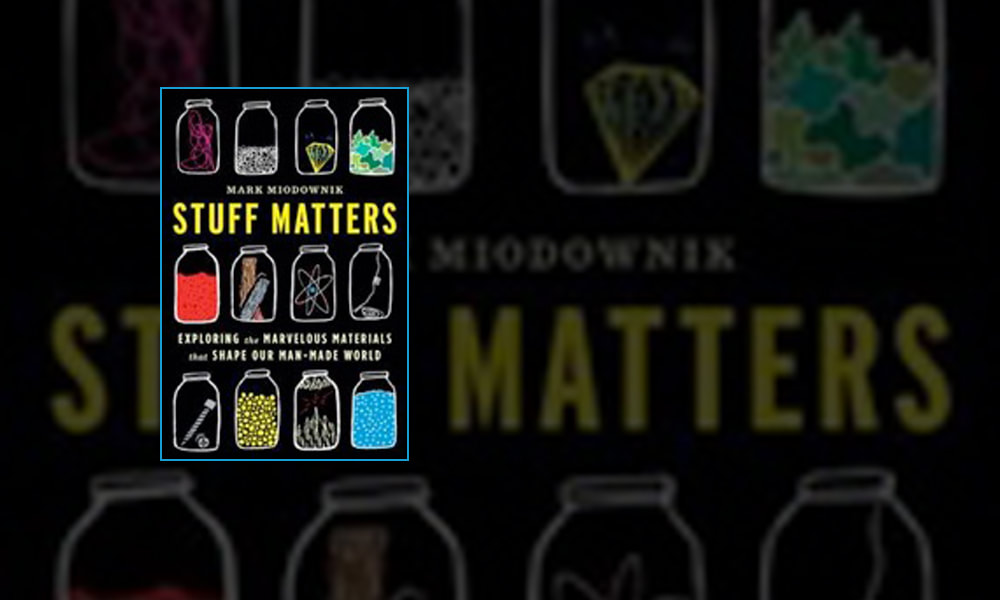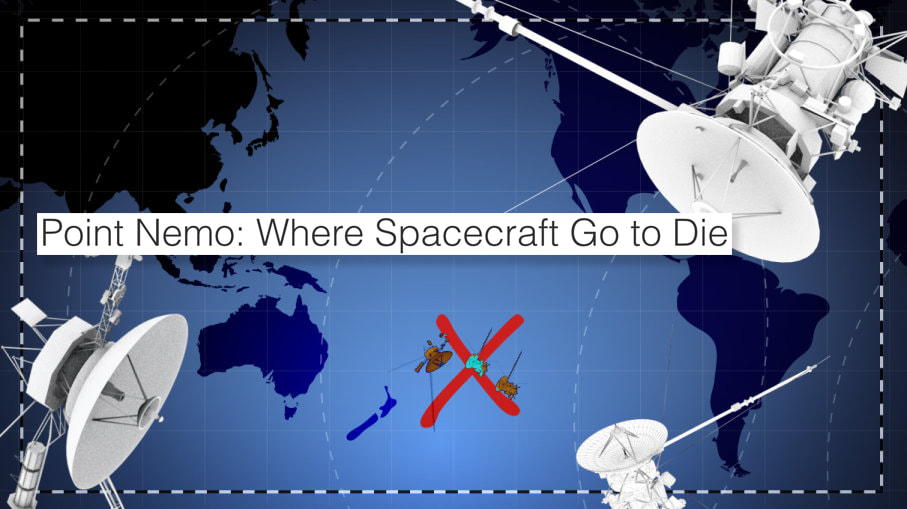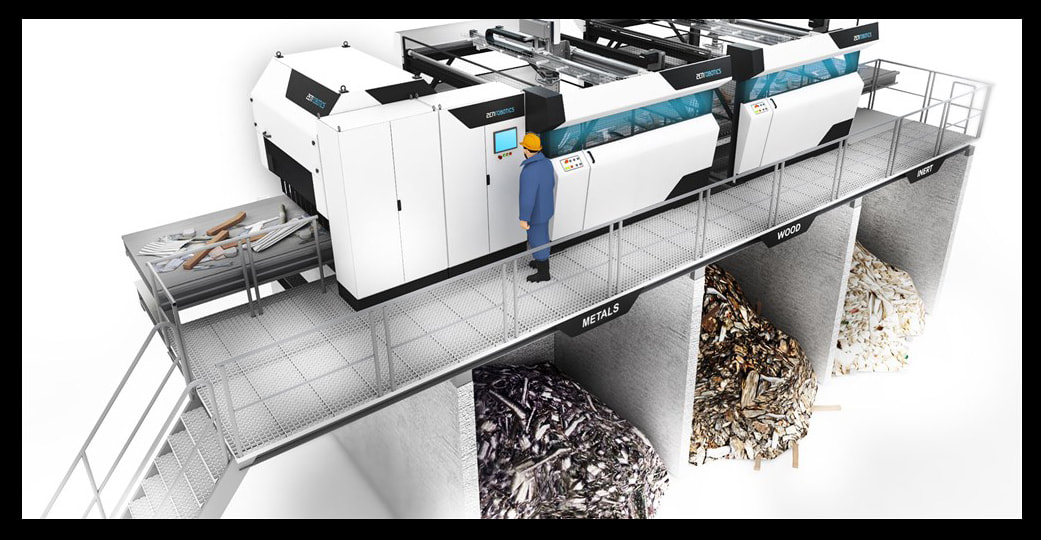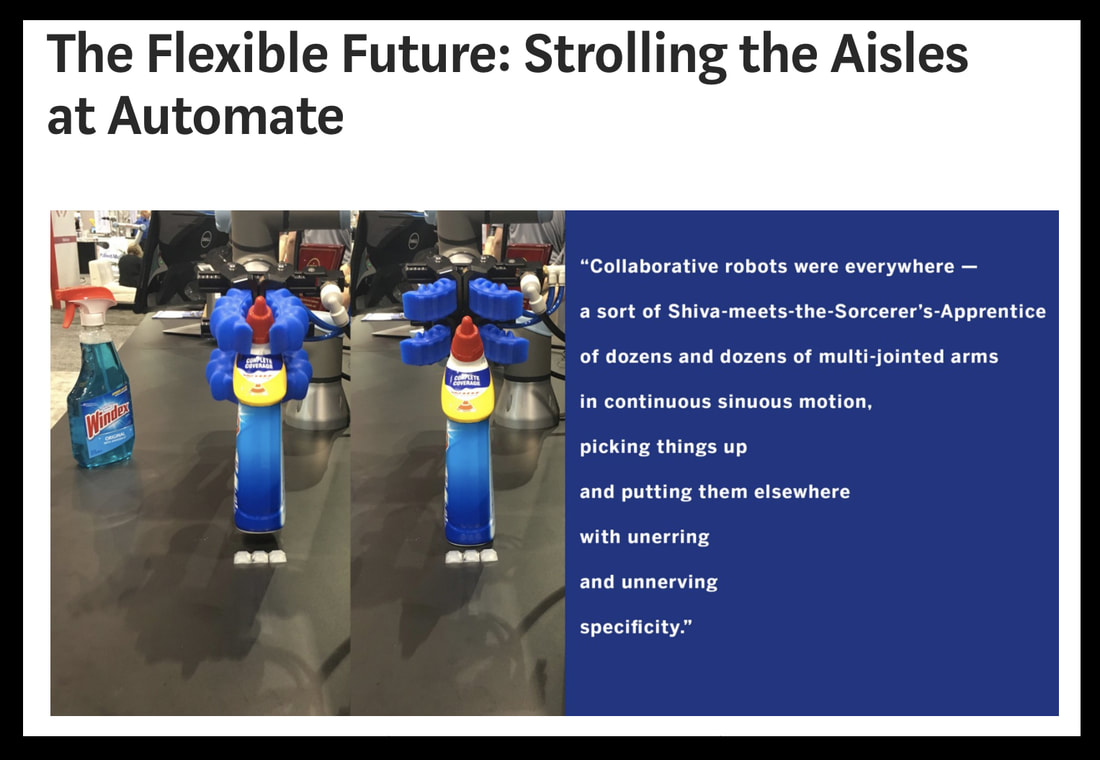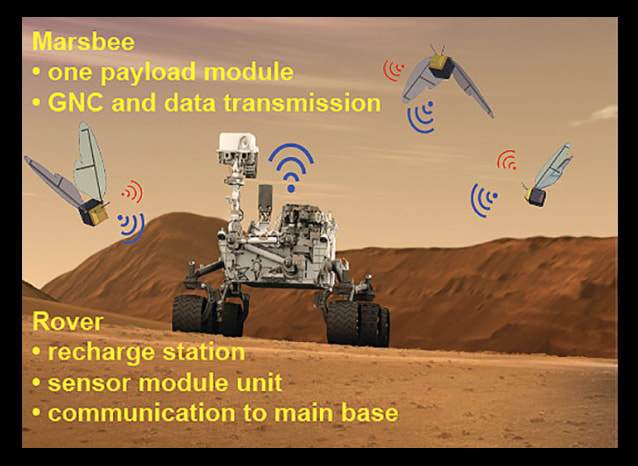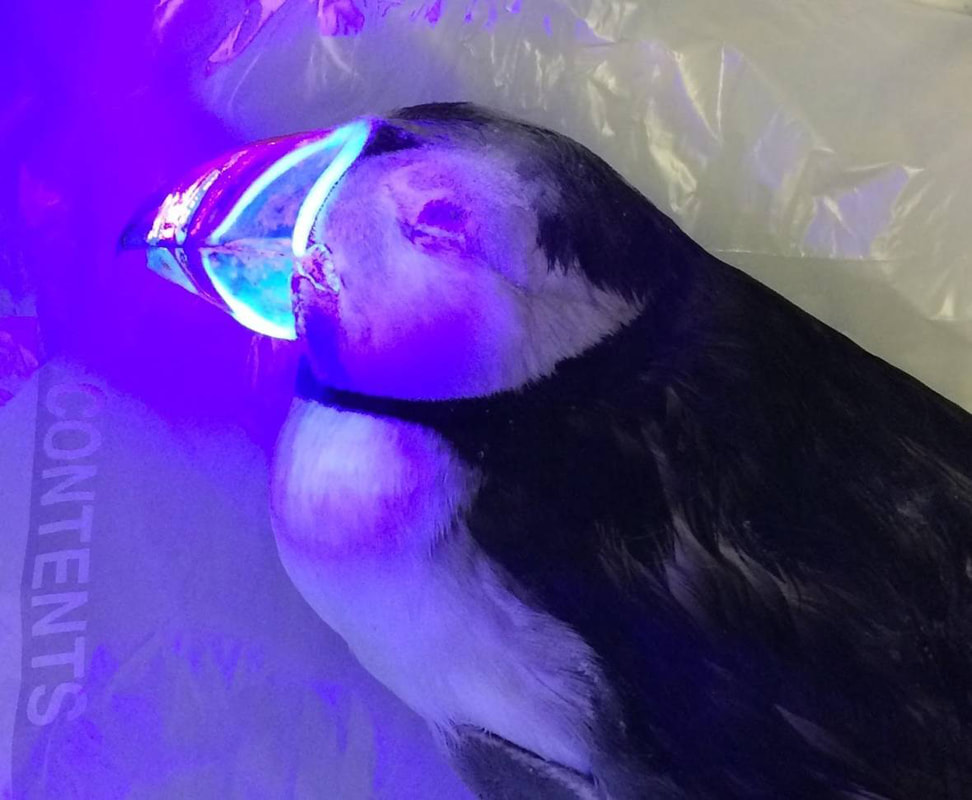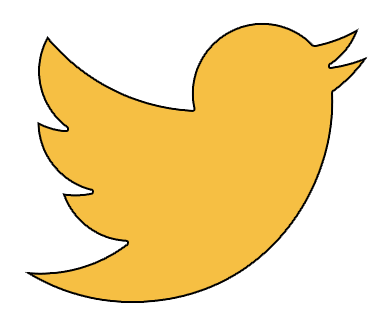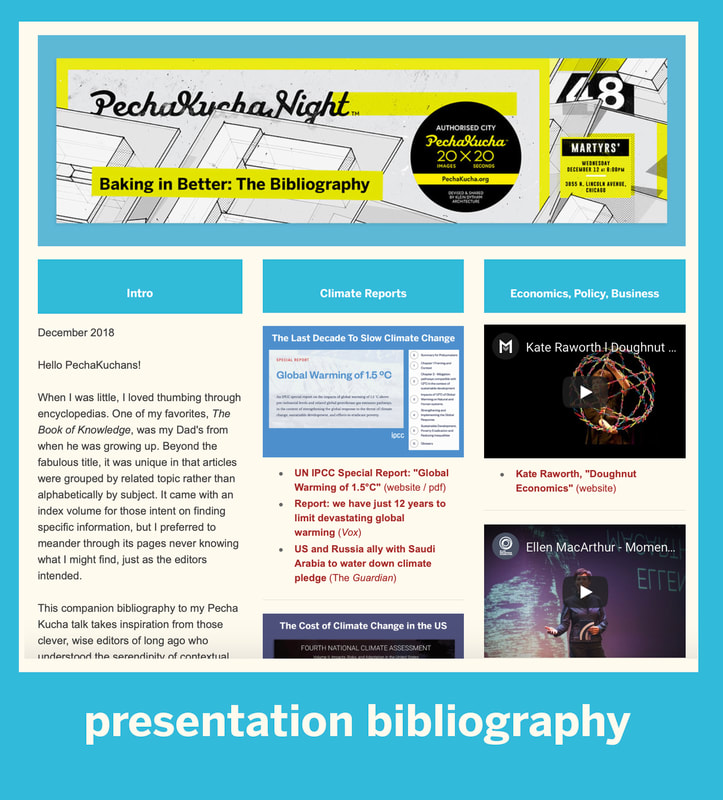Yet for all the tech gee whiz, the Jetsonsonian future is also infused with circa 1962 social bias: everybody is white and for women the options begin with "boy-crazy" and end with home-maker. In fact, Jane Jetson went directly from boy-crazy to home-maker. According to character bios posted on Wikipedia, she is 33 while daughter Judy is 16. That means Jane was a teen-age mom and George, seven years her senior, was playing with fire.
Cultural diversity and equal rights were simply not on the radar when the show premiered, at least not in prime time. However, within a matter of months both The March on Washington so central to the Civil Rights movement, and the release of Betty Friedan's bombshell book "The Feminist Mistique," would begin to change everything.
Despite the Jetsons' eerily prescient track record on the gadget front, the future is always ours to make (just ask Jaron Lanier). We can do better.
Let's do better.
* And let's not waste time. George is 40 in 2062, which means he was born in 2022, which means we are just four years away from baby Jetson. Ok, fictitious baby Jetson. Still, how weird is that? The future is scary close.

